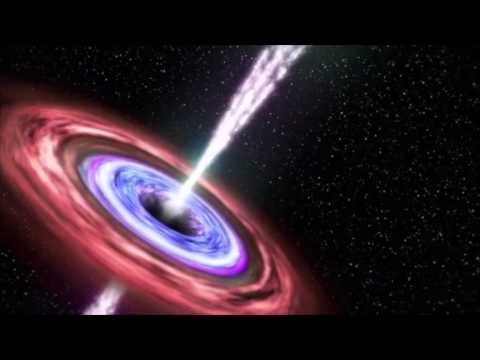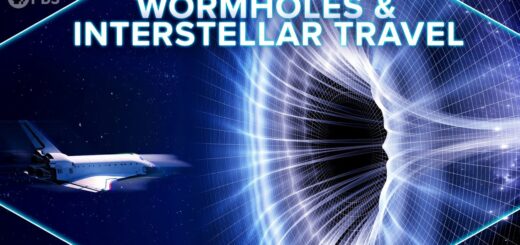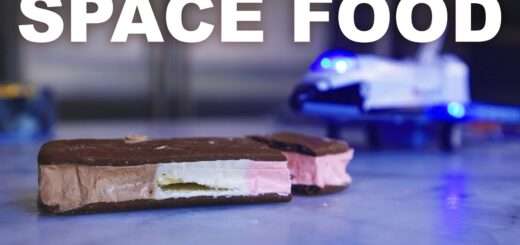MSc in Space Science and Technology
My name is Monica Grady and I’m Professor of Planetary and Space Sciences at The OpenUniversity. The OU is really, reallywell placed to offer a Masters in SpaceSciences. The OU specialises insupported distance learning, so you’renot doing it by yourself. And the staff who are involvedin this Masters, we’ve all been involved in space missions. We’ve been involved inthe design and the build of instruments,in the interpretation of the data thatcomes from it, and so we know what it’s like to be part of those teamsand we really want to convey thatinterest and that excitement to thepeople who are going to follow in ourfootsteps, who are actually going to bepart of the next set of space missions. Hello, I’m Mark Jones. I’m a Senior Lecturer at The Open University and I’m the academic lead for the new Mastersin Space Science and Technology, and I’malso the module team chair for our newMasters level module on Space Science. I’m an astronomer and all my researchhas been based on observations made from space-based platforms, so I’ve worked onx-ray infrared observatories over 20years or so. The Masters in Space Science and Technology is designed for peoplewho want to either seek employment inthe space sector or to go on to dofurther academic research in the spacesector. It’s designed for people from awide range of backgrounds, mainly fromphysical science backgrounds,but also from geology or chemistry orengineering or mathematics, and it seeksto build up not only the knowledgethat you need to work in the spacesector but also to develop the skills thatare sought by employers in the space sector. The qualification is split into threeparts, three stages. So the first stage isan Introduction to Space Science whichgives students the background about theprinciples of making physicalmeasurements in the space environmentand using case studies to illustratethose points very, very clearly. The second stage is to do with thedevelopment of professional skills thatare important in the space sector andthose are split into technical skills, suchas programming or otherengineering-related skills, and the otherprofessional development that we have atthe second stage is really to do withproject management or technologymanagement. The third stage isto conduct a project, an academic projectin space science or space technology under the supervision of atutor in an area that’s of interest tothe student. The unique feature about the Masters program is that the Introduction to Space Science is basedon a case study approach using four missions that we have experience of, andthree of those missions with directacademic experience of academic members of staffat The Open University, so they bringtheir academic expertise to actuallyillustrate how space missions really work. My role in the Masters course is the responsibility for the chunk of thecourse about the Rosetta mission to acomet. The OU’s involvement in theRosetta mission was to build aninstrument called Ptolemy which was onthe Philae lander. It took about 10 yearsto design and build the instrument, andthen it took 10 years for the Rosettaspacecraft to get to the comet beforePhilae was launched. The idea of theinstrument was to sniff the gases whichwere coming from the nucleus of thecomet. Of course the Rosetta mission isnot the only mission that The OU’s beeninvolved in. In the past we were involvedin the Beagle 2 mission to Mars; we werethe leading partner for that. And also wewere involved in the Huygens part of theCassini-Huygens mission to Saturn. Currently, as well as the Rosetta missionwe’re involved in Gaia, which is mappingall the stars, and in the future we’regoing to be involved in doing somethingfor missions to the moon; we’re alsoinvolved in the Euclid space telescope;we’re involved in the ExoMars mission toMars, two parts of the mission: thetrace gas orbiter and also the lander. Sothere’s loads of stuff still to come. My name’s Andrew Norton. I’m Professor of Astrophysics Education here at The OU, and on the Space Science Masters I’mworking on one of the particular casestudies on the GaiaSatellite. So my particular area ofresearch is in astronomy, and inparticular what you might call timedomain analysis. So I’m looking at howstars and galaxies and so on, how theirlight output varies with time. This is anarea of big data that’s increasinglybecoming important in astronomy. Sosomething like the Gaia Satellite whichwe’re including in the Space ScienceMasters, that will continually scan thesky for years at a time, measuring thebrightness; measuring the positions; measuring the spectra of millions and millions ofstars. From that we can extract all sortsof information, and that’s the sort ofthing I’m interested in. How stars varywith time; whether they’re multiple starsorbiting around each other; whetherthey’re stars that are pulsating in andout; whether they’re stars that undergotransient events flaring up orexploding. And the sort of things we’regoing to do in the Space Science Mastersreally completely fit in with the sortof research I’m doing in time domain astronomy. The Space Science module that introduces the Masters program will make a lot of use of remoteexperimentations. We have an OpenSTEM laboratory here with experimental kits that are relevant to space science, andstudents will be operating that kitover the internet and doing realphysical measurements as part of theirstudies. Students will be controlling experiments here at The OU over the internet, whether that’s laboratoryequipment such as electron microscopesor particle detectors; whether it’srobotic telescopes either here or inTenerife. We even have a robotic MarsRover in a Mars shed over there wherewe have a Martian landscape in our shed,and students will control and drive thisMars Rover on the simulated landscape todo experiments as if they werecontrolling the real Rover on Mars. We’re also going to focus the Space Science Masters on certain skills that willparticularly involve teamwork. Just as ina real space mission, our students willhave to work together, collaborate in ateam to achieve the outcomes. We will alsoinclude scientific computer programmingin the Space Science Masters, becausefor all these space science projectswhen the data comes back youhave to write computer programs tounderstand and analyse those data, so wewill teach Python Programming in theSpace Science Masters so that ourstudents can analyse space weather data; so that they can analyse data ontransient astronomical objects comingdown from the Gaia Satellite. All ofthese sort of data projects are vitalfor space science and we’re going to betraining the students to do exactly that. We expect students who qualify with the Masters in Space Science and Technology will be well equipped to obtainemployment in the space sector. There isa growth in the space sector at themoment, particularly in terms of what’scalled downstream applications, that’susing space-based data, and our Mastersqualification has an emphasis on the useof data obtained in the spaceenvironment. Alternatively, students mightgo on to follow a more research or academic career path, and we think that thisMasters will set up people very wellfor PhD level research in space science.













